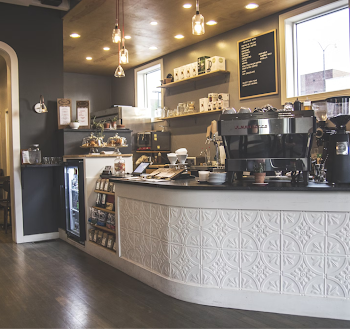It can’t be said that transforming your backyard into a relaxing haven is an easy job, but building a gazebo makes it all easy. It answers yet balances the beauty and utility as a focal point. Planning to use your gazebo for a peaceful retreat or an exciting place to entertain? This guide will walk you through designing a gazebo that fits right where it belongs in your space and matches your needs and style.
Planning the Design
When making a gazebo, it is best to understand your backyard’s layout first. Determine how much of the space you are designing will be occupied by a structure, and make sure that there’s room for other things, like gardens, paths, or sitting areas. It shouldn’t be placed too close to property lines or purposefully blocking out natural light. If you have a strategic location, you’ll be providing the nice flow to your outdoor area, as well as convenience.
Try to figure out how you will use or live in the space. Do you want a shaded area for dining, a cozy reading nook, or a structure that doubles as a pergola for climbing plants? The size and features of your gazebo depend upon this. Remember to see if there are any restrictions or permits in your area; some areas need permits and don’t allow permanent structures. By properly planning out your gazebo, you’ll know how it will fit into your yard to blend seamlessly.
Picking the Right Style and Materials
Your gazebo style should complement a great mix of your loved residence and backyard. Octagonal wood with elaborate details will create a classic look. Modern gazebos have clean lines and few or no ornaments and do well in modern spaces, while simple gazebos made from untreated wood or stone work well with natural surroundings.
When we talk of durability and climate compatibility when selecting the materials. Like cedar or pine, wood tends to retain a traditional feeling, but it must be maintained faithfully. Light weight metal like Aluminum resists weathering. With vinyl as the material, it’s low maintenance and lives a long enough life to make it a perfect fit for busy homeowners. Reclaimed wood or bamboo materials make great choices for eco conscious designs. Pair the materials with your home’s aesthetic, too, to make for a cohesive look.
Practical Features for Comfort and Functionality
A gazebo should be more than pretty; it should be practical. You need to start by planning comfortable seating. Versatility is built-in benches or portable chairs. A nice way to enhance comfort and color is by adding soft cushions.
Before you use the gazebo at night, you might want to consider integrating lighting. Energy-efficient and charming solar-powered lanterns or string lights. Removable panels can be installed to improve airflow during hot months, or you can even cut a hole in your ceiling and install a ceiling fan. Privacy screens or curtains help provide a secluded space without looking too austere. Adding these practical things to the gazebo makes it a space you’re going to really enjoy year-round.
Landscaping Around the Gazebo
Landscaping your gazebo thoughtfully will make it a part of the landscape of your yard. Plant everything around the structure with vegetation that matches its design. Any number of climbers — roses, ivy, for example — can even wrap around posts and become a part of nature.
Take a stone (gravel or wood planks), add a path in which it leads to the gazebo. Not only is this good for accessibility, it also makes the space intentional. Frame the gazebo without over taking up space by incorporating low maintenance greenery such as ornamental grasses or shrubs. Good landscaping puts your gazebo in the same category as working outdoors and gardening.
Budgeting and Maintenance
‘Building a gazebo needs to be on a clear budget; you don’t want surprises.’ Materials such as wood average $2,000–$5,000; metal or vinyl structures typically come in for $3,000–$7,000 on average. Include the installation cost, lighting cost, and custom feature cost. If you have the time, compare DIY options to professional installation.
Maintenance will keep your gazebo going for years. This wood needs protection against rot and splitting. Clean wood regularly and reapply sealant at least annually to prevent rotting or splitting. Rust and touch up paint when needed; inspect metal. Vinyl must occasionally be washed with mild soap. With a little bit of planning and sticking with the structure, your gazebo should last you many seasons.
Creating the Perfect Backyard Retreat
Countless rewards are brought in by designing a gazebo that suits your space and lifestyle. With some careful thought and planning for your layout, the material you select, and the addition of good features, you can design a structure that will bring life to your backyard and provide what you are looking for.
The artwork you create for this gazebo project is important, but remember, the most important part of a successful gazebo project is the details. So whether it’s integrating it into your landscaping or ensuring it’s seasonal through the entire year, each step makes for a welcoming, harmonious retreat. By planning correctly, you dodge common hustles and avoid the process becoming gritty and the output not being all that great.
Whether you are looking for a place for temporary or long-term relaxation or for a case for entertaining friends, a gazebo can completely change the look and feel of your outdoor living space. Instead, see the process as an opportunity to embrace and enjoy the years of benefits that will come from a well-thought-out backyard haven.



